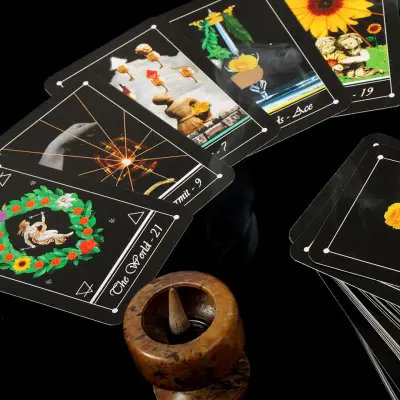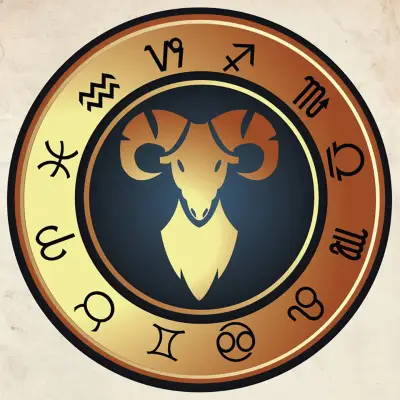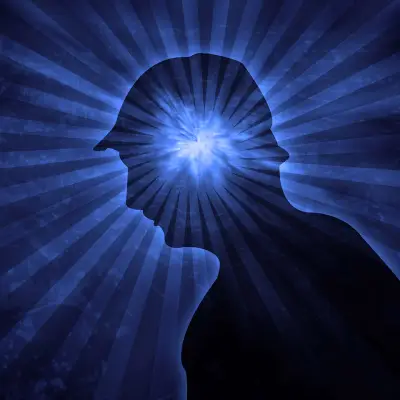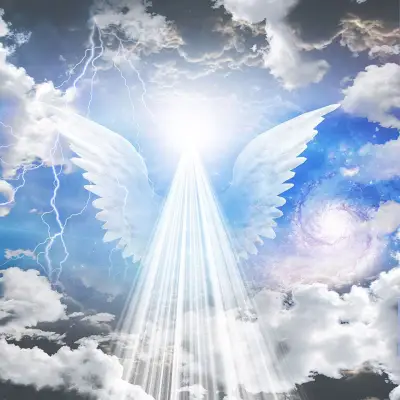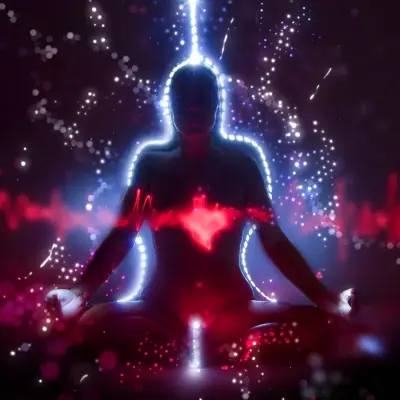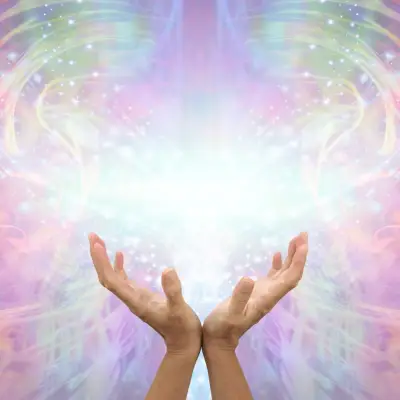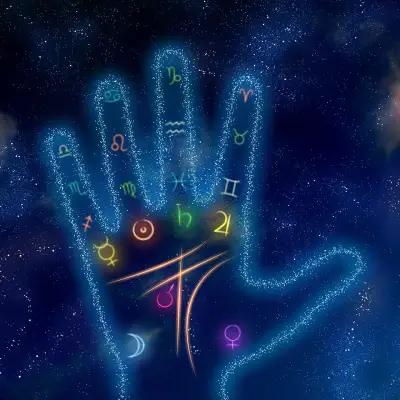Have you ever heard the term "banshee" and wondered what it really means? Originating from Irish folklore, the banshee is a fascinating and often misunderstood creature. In this blog, we’ll dive into the enchanting world of banshees, exploring their origins, characteristics, and the myths surrounding them. So, let’s begin our journey into the mythical realm of banshees!
Jump to:
- What is a Banshee?
- Banshee Origin: The Roots of the Legend
- The Appearance and Behaviour of Banshee Creatures
- The Enigmatic Sound: What Does a Banshee Sound Like?
- Banshee Mythology: More than Just a Scream
- Legend of the Banshee: Stories Across Ages
- Are Banshees Evil or Good?
- Why Are People Scared of Banshees?
- What Defeats a Banshee?
- Banshee Names
What is a Banshee?
Often found in Irish folklore, a banshee is a supernatural being known for its piercing scream. The word 'banshee' comes from the Irish bean sí, meaning 'woman of the fairy mounds' or 'fairy woman'. Banshees are considered part of the fairy folk or faerie folk, which are a group of mystical beings in Celtic mythology.
Banshee Origin: The Roots of the Legend
The legend of the banshee is deeply rooted in Irish culture. Historically, the banshee was believed to be a foreteller of death. It’s said that her mournful cry, often described as a wail or howl, would be heard when a family member was about to pass away. This connection with death is a key element in understanding the banshee mythology.
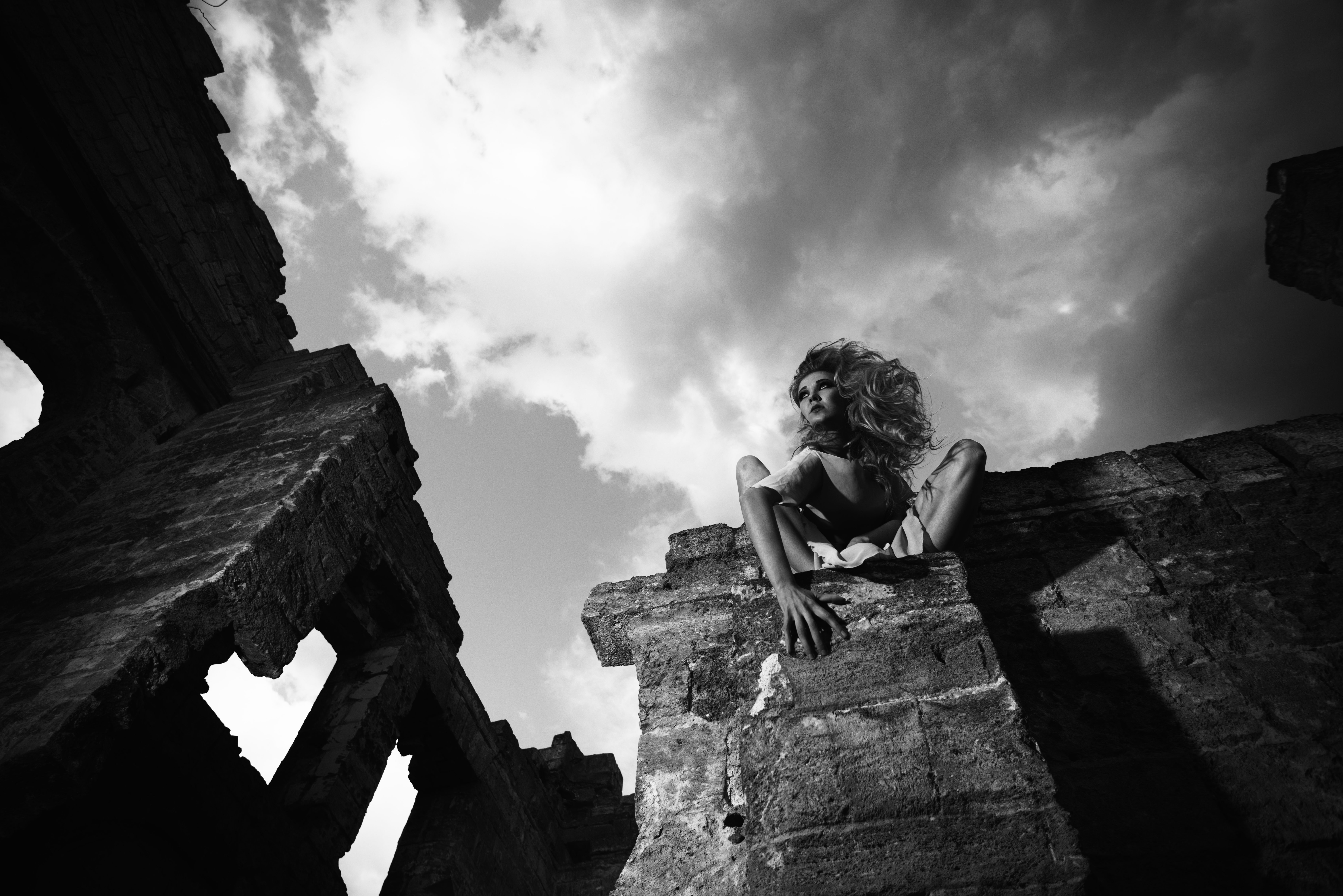
The Appearance and Behaviour of Banshee Creatures
Contrary to popular belief, banshees are not always portrayed as frightful or malevolent. They can appear in many forms, ranging from a beautiful young woman to an aged, haggard crone. This shape-shifting ability adds to their mysterious nature. Their most famous trait is their spine-chilling howl, often described as 'screaming like a banshee'.
In Irish folklore, the primary role of a banshee is to serve as a messenger from the otherworld, alerting families of an impending death. This role underlines the banshee's connection to the supernatural realm and the natural cycle of life and death.
The Enigmatic Sound: What Does a Banshee Sound Like?
The banshee's wail is unique and haunting. Those who have 'heard' a banshee in tales describe the sound as a sorrowful, lingering scream that chills to the bone. This eerie cry is so distinctive that the phrase 'screaming like a banshee' describes any similarly piercing shriek.
Legend of the Banshee: Stories Across Ages
Banshee mythology, as a part of Irish folklore, is a testament to Ireland's rich cultural history and storytelling tradition. These tales, passed down through generations, offer a glimpse into the beliefs and values of the Irish people.
The legend of the banshee varies across regions and centuries. In some tales, she is seen washing the blood-stained clothes of those who are about to die. In others, she appears to be a solitary, mourning figure. These stories highlight the banshee’s connection to the themes of forewarning and grief. Let's delve into some of these captivating stories to understand the banshee's nature better.
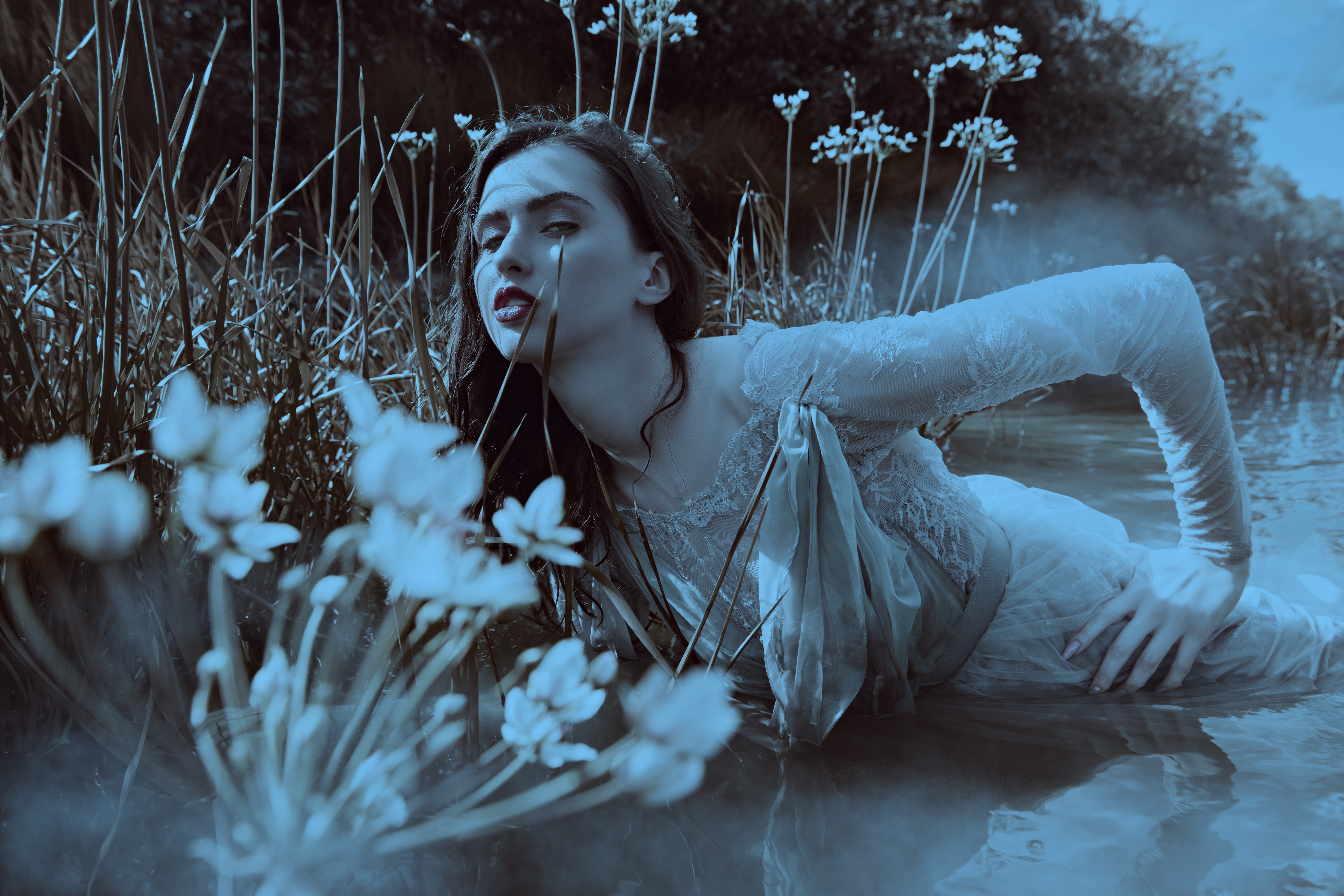
The Washerwoman at the Ford
In some tales, the banshee takes the form of a 'washerwoman', seen at a river or a ford, washing blood-stained clothes or armour. This image is particularly haunting; the clothes are often believed to belong to those who are fated to die soon. This version of the banshee serves as a grim omen, her actions foreshadowing impending tragedy. The washing, a seemingly mundane chore, takes on a chilling significance in this context, symbolising the cleansing of the soul or the preparation for the afterlife.
The Solitary Mourner
In other stories, the banshee appears as a solitary figure cloaked in sorrow and lament. She is often described as an older woman draped in a grey or white robe, her face obscured by a veil or the shadows of the night. This portrayal of the banshee emphasises her role as a mourner. Her cries and wails, though unsettling, are not expressions of malice but of deep sadness for the inevitable loss that awaits. This aspect of the banshee connects her to the universal experience of mourning, making her a relatable figure despite her supernatural origins.
The Guardian of Families
Interestingly, some legends speak of the banshee as tied to specific families, particularly those of old Irish lineage with names starting with 'O', 'Mac', or 'Mc'. In these tales, the banshee acts almost as a guardian spirit, her wails serving as a heartrending signal to the family that one of their own is about to pass. This familial connection transforms the banshee from a generic figure of myth into a personal and familial presence deeply woven into the family’s history.
Variations Across Regions
The portrayal of the banshee also varies across different regions of Ireland and Scotland. In some areas, she is seen as young and beautiful, a stark contrast to the typical depiction of a haggard crone. This diversity in her appearances and characteristics speaks to the richness of the folklore surrounding her, allowing different communities to imagine the banshee in a way that resonates with their own cultural and regional experiences.
Recommended for you!
Best SellersAre Banshees Evil or Good?
Often misunderstood, Banshees are not inherently evil. They are complex beings whose presence is more sorrowful than scary. The myth often reflects the banshee as a compassionate entity, grieving alongside the families rather than a wicked creature.
Why Are People Scared of Banshees?
The fear of banshees largely stems from their association with death. The eerie nature of their cries, coupled with the superstition that hearing a banshee heralds a death in the family, contributes to the fear surrounding these beings.
What Defeats a Banshee?
There is no specific way to 'defeat' a banshee in folklore, as they are not viewed as enemies. They are more ethereal presences than physical entities, making the concept of defeating them irrelevant in most stories.
Banshee Names
Banshees don’t typically have individual names in folklore. They are often referred to by their characteristics, like ‘the weeping woman’ or ‘the washer at the ford’. These descriptors add to the enigmatic nature of these creatures.
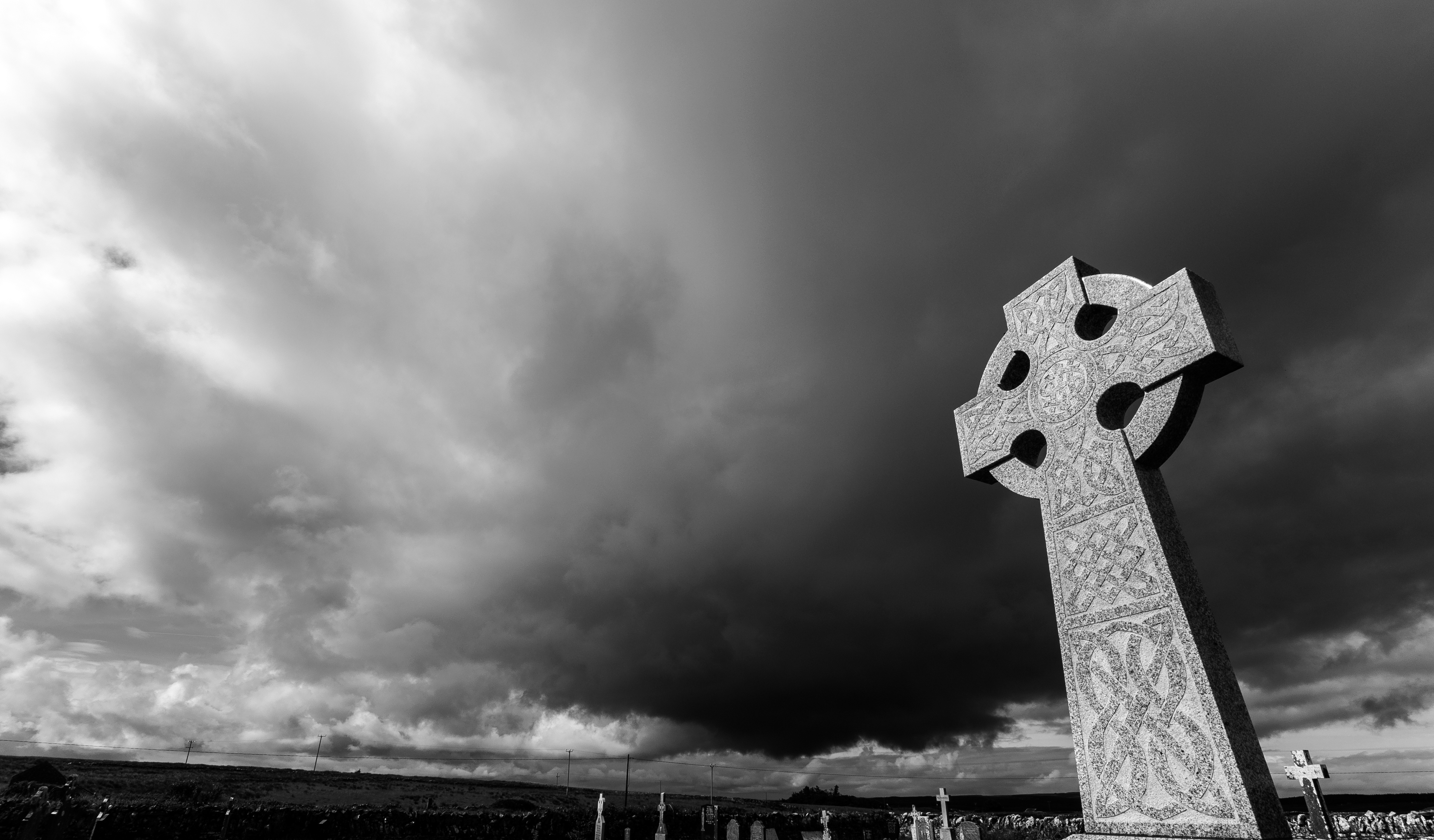
Deepen Your Magical Knowledge with Centre of Excellence
If you’re interested in exploring more about banshees, fairy folk, and other enchanting beings, our Fairy Tales and Fairy Folk Diploma Course is perfect for delving deeper. This course offers deep insights into the mystical world of folklore and mythology, enriching your understanding of these timeless narratives.
What You'll Gain:
- In-depth Knowledge: Explore the origins, meanings, and cultural significance of fairy tales and fairy folk.
- Cultural Appreciation: Gain a richer understanding of diverse traditions and stories.
- Analytical and Creative Skills: Learn to analyse and interpret these tales, uncovering deeper insights into human nature and societal values reflected in folklore. Whether you're a writer, artist, or simply a lover of the supernatural, this course will fuel your imagination and provide a wealth of creative inspiration.
Special Offer
We're excited to offer our Fairy Tales and Fairy Folk Diploma Course at a special price of just £29! This is a fantastic opportunity to immerse yourself in the world of folklore and mythology.

